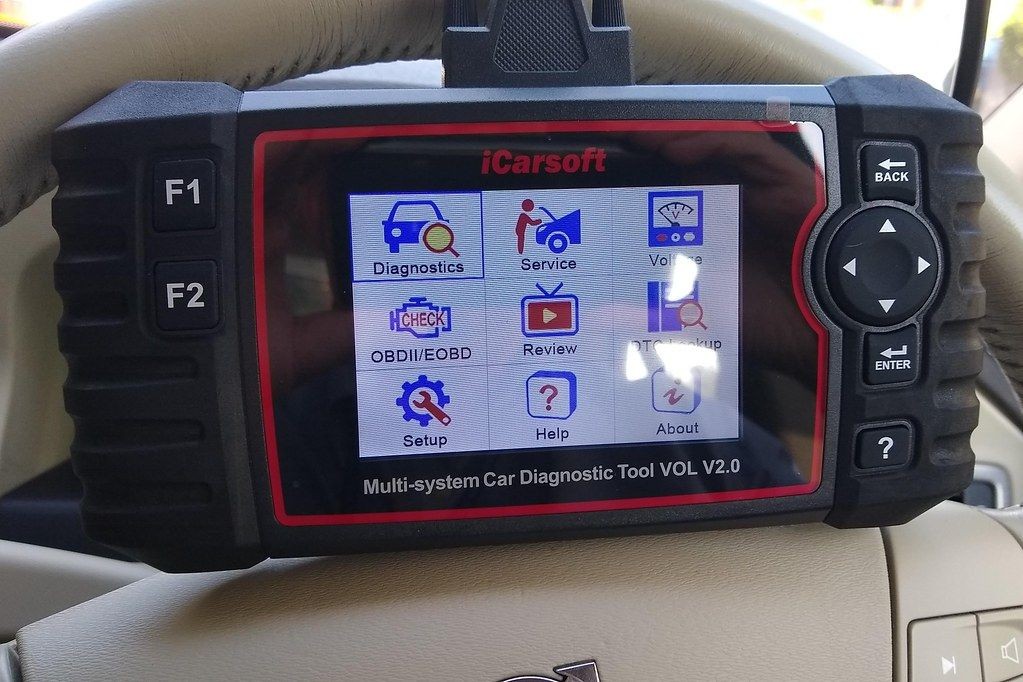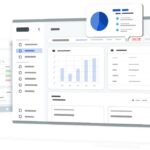Modern cars rely heavily on complex computer systems. When something goes wrong, your car’s onboard diagnostic system (OBD2) stores a trouble code. Understanding How To Use A Digital Obd2 Code Reader can save you time and money by helping you diagnose car problems yourself. This guide will walk you through the process step-by-step.
Source: Flickr / comedy_nose
Locating the OBD2 Port and Connecting the Reader
The first step is finding your car’s OBD2 port. It’s typically located under the steering wheel or in the center console, often hidden by a plastic cover. Once located, plug your digital OBD2 code reader into the port. Many modern readers use Bluetooth, so ensure it’s paired with your smartphone or device.
Source: carVertical
Preparing Your Car for Scanning
Before scanning, turn on the ignition but don’t start the engine. Turning off accessories like headlights, radio, and AC minimizes electricity consumption. While some vehicles allow scanning with the engine running, it’s often unnecessary for reading stored codes.
Vehicle Selection and Scan Initiation
With the reader connected and ignition on, select your car’s make, model, and year. This information allows the reader to properly interpret the data. Many modern readers offer automatic vehicle identification using the VIN. If this fails, you can manually input the VIN. After selecting your vehicle, initiate the scan. You can choose to scan all control units or specific ones. A full scan takes a few seconds to a few minutes, depending on the car.
Understanding and Interpreting OBD2 Fault Codes
Once the scan is complete, the reader will display fault codes. These codes correspond to specific issues within your car’s systems. A code like “P0171 – System Too Lean (Bank 1)” indicates a lean fuel mixture, which could be caused by various problems like a clogged fuel filter or a vacuum leak. While some codes are straightforward, others can be more complex.
Source: Flickr / shixart1985
Utilizing Live Data for Advanced Diagnostics
Many OBD2 code readers offer live data functionality, allowing you to monitor real-time sensor readings. This feature can be invaluable for diagnosing intermittent or complex problems. For example, if your car lacks power and only shows a limp mode code, you can use live data to check fuel pressure, boost pressure, and other relevant parameters to pinpoint the root cause.
Clearing Fault Codes After Repairs
After diagnosing and repairing the issue, you can use the OBD2 reader to clear the fault codes. Rescanning after clearing confirms the repair was successful. It’s crucial to remember that simply clearing codes doesn’t fix the underlying problem.
OBD2 Scanners and Used Car Purchases
Using an OBD2 scanner when buying a used car can reveal hidden problems. Scanning for codes before purchasing can help you avoid buying a vehicle with potentially expensive issues.
Conclusion
Knowing how to use a digital OBD2 code reader empowers you to take control of your car’s maintenance and diagnose problems efficiently. While it doesn’t replace professional mechanics for complex repairs, it’s an essential tool for any car owner. By understanding fault codes and utilizing live data, you can save money and time on car repairs.


